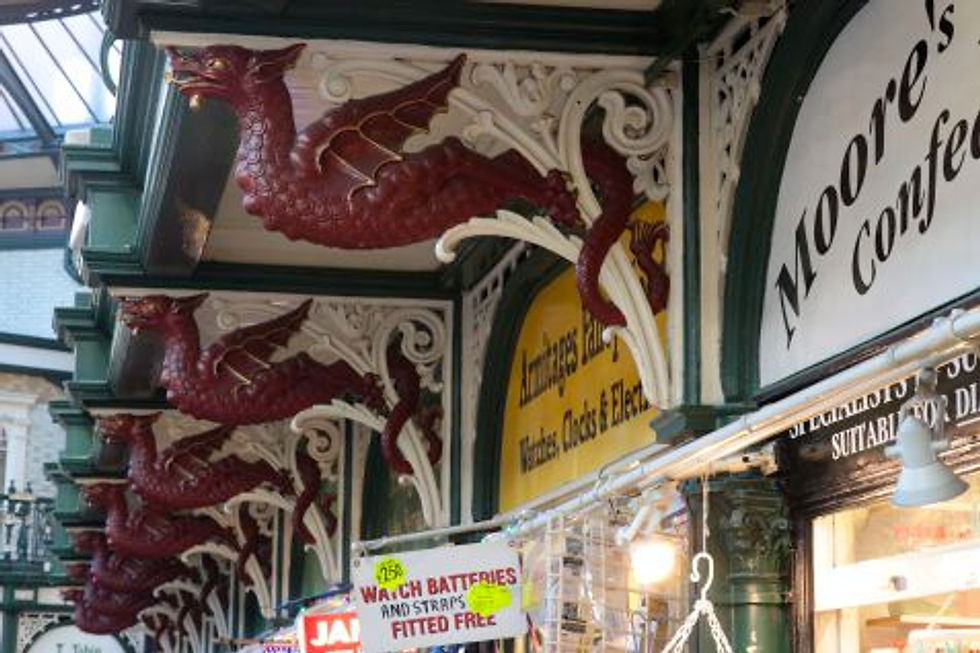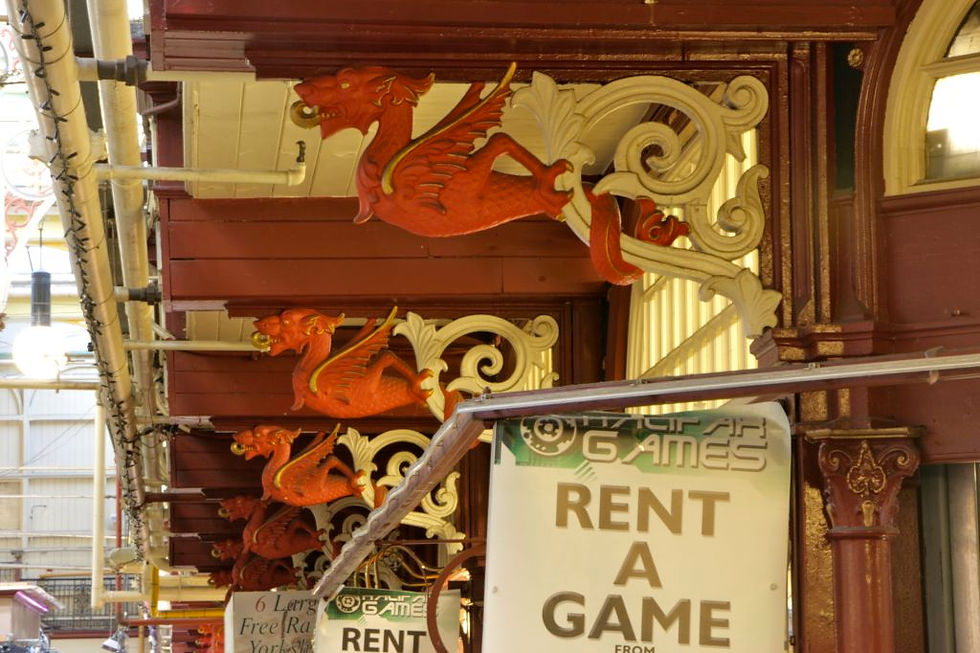The ring of Saturn
- Paul Dobraszczyk
- Feb 11, 2011
- 3 min read

Grandville's universe of iron, 1844
Grandville’s 1844 book Un autre monde (Another world) offered a fantastical take on Parisian life in the 1840s. Often cited as a prototype Surrealist, Grandville filled his alternative world with the products of the new industrial age but as imagined in a dream or nightmare: people become the objects they desire, machines become animated, the universe is filled with outlandish structures. The image above illustrates the adventures of a hobgoblin who is trying to find his way around outer space: ‘A bridge – its two ends could not be embraced as a single glance and its piers were resting on planets – led from one world to another by a causeway of wonderfully smooth asphalt. The three-hundred-thirty-three-thousandth pier rested on Saturn. There our goblin noticed that the ring around this planet was nothing other than a circular balcony on which the inhabitants of Saturn strolled in the evening to get a breath of fresh air.’
Walter Benjamin later reflected on this fantastical imagining of cast iron as a ‘wish image’, that is, something that appears from the unconscious of a society. Here, the utopian promise of iron construction is imagined to have been realised but not in the form that engineers might have supposed; rather, the image of iron bridging the planets draws on the new-found superabundance of iron (made possible by the industrialisation of production) and its tendency to invoke a sense of awe of its seemingly magical properties. In Grandville’s world, what was perceived as natural (the rings of Saturn) are now discovered to be a product of the industrial world. It is as if the sheer power of industrial materials like cast iron now remake the universe in their own image.

Lamp, Regent St, Cheltenham, 1880s

Shelter on Ryde pier, 1880s
It is in this context that the association of cast iron with the fantastical throughout the nineteenth century begins to make more sense. The recurring motif of the dragon – seen in the forms of street lamps in Cheltenham, in a shelter on the pier at Ryde, and the supporting brackets in the market halls in Halifax and Leeds – might be seen as an appropriate symbol to be cast in iron; after all, the foundry, where iron was cast, was indeed like a dragon, with its incessant flames of fire and connotations of unnatural power. Yet, because the cast-iron forms could be repeated endlessly and exactly, there is a sense in which the power of the dragon now lies in its potential to appear anywhere and in infinite numbers, in the same way that Grandville’s iron bridge assumes its monstrous proportions.

Kirkgate market hall, Leeds, 1904

Borough market, Halifax, 1896
It should come as no surprise, then, to discover Victorian architectural critics railing against ornamental cast iron. Mechanical reproduction of ornamental forms challenged the notion of an original, authored work of architecture. To the horror of architects and critics alike, the power of expression was seen to be shifting from the artist to the manufacturer. So, when an ornamental cast iron lamp was unveiled in Southwark St, London, in 1865, The Building News praised its decorative treatment but went on to say that:
‘The most objectionable circumstance connected with the structure is, however, the fact of the ornament being executed in cast iron…There is the prospect of seeing the same design erected without the slightest variation, some dozens of times, it may be, in various parts of London…Constant repetition, sooner of later, would make the highest work of art offensive; and it is to this that the use of cast iron naturally leads’

Lamp in Southwark Street, London, 1865



Comments